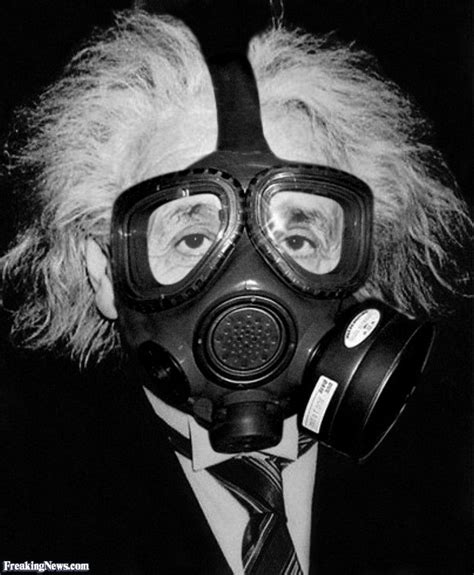2. Could mining change how we see the moon from Earth?
When material is extracted from the moon, dust gets kicked up. Without an atmosphere to slow it down, this lunar dust can travel vast distances.
That surface material is “space weathered” and duller than the more reflective material beneath. Disturbing the lunar dust means some patches of the moon may appear brighter where the dust has been kicked up, while other patches may appear more dull if dust resettles on top.
Even small-scale operations might disturb enough dust to create visible changes over time.
Managing lunar dust will be a crucial factor in ensuring sustainable and minimally disruptive mining practices.
3. Who owns the moon?
The Outer Space Treaty (1967) makes it clear no nation can claim to “own” the moon (or any celestial body).
However, it is less clear whether a company extracting resources from the moon violates this non-appropriation clause.



Your first point is pretty distressing. The fact that you can take resources but have no claim will lead to violence pretty quickly if it ever gets developed.
The second point diminishes that. Because the dirt is all the same there is no specific reason to covet one pile of dirt over another. It’s more like mining seawater for gold.